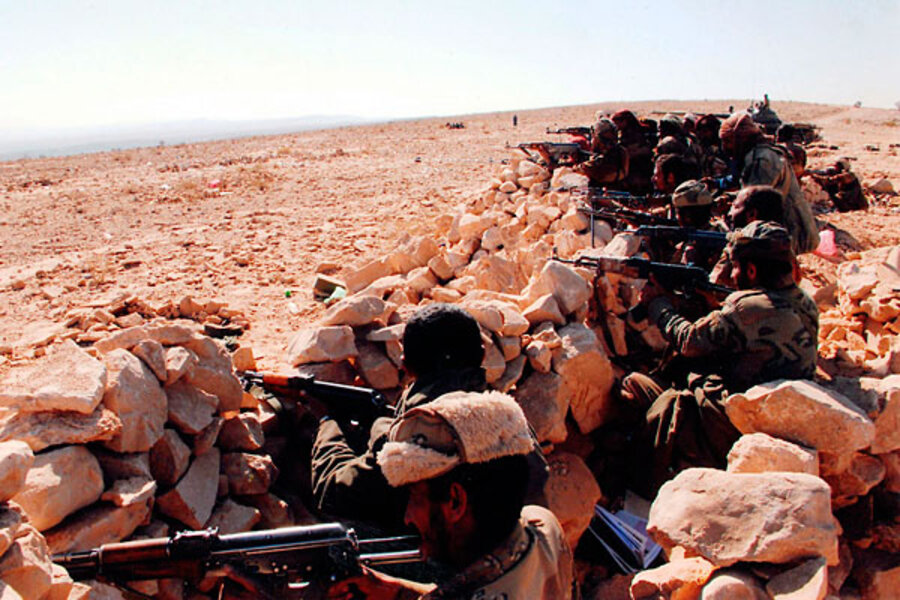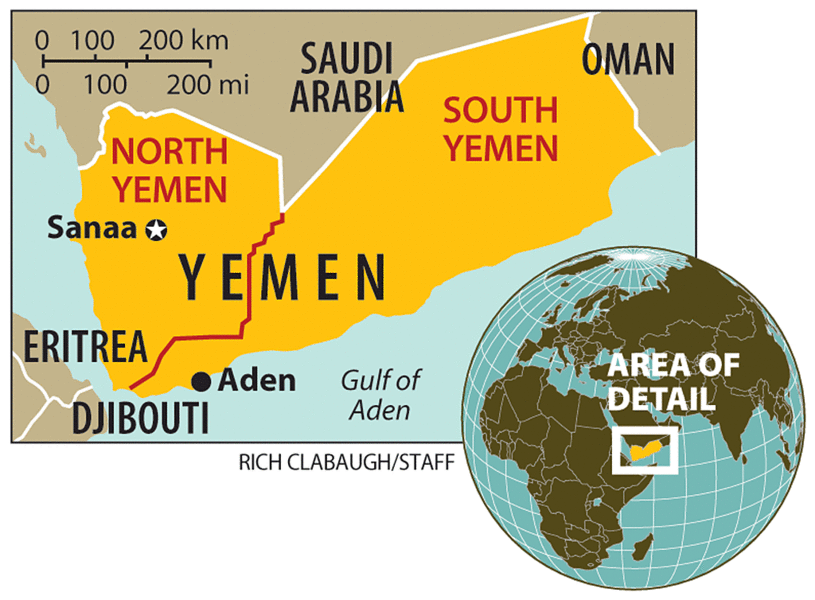Yemen used lethal force to quell southern secession protests, says report
Loading...
| Cairo
Yemen used inappropriate, and at times lethal, force in response to demonstrations held by the largely nonviolent southern separatist movement during the past year, says New York-based Human Rights Watch in a report published Dec. 15.
As a result, the report concluded, Yemen has created a humanitarian crisis and fed the secessionists’ narrative that they are marginalized by the central government in the capital of Sanaa.
The report, “In the Name of Unity: The Yemeni Government’s Brutal Response to Southern Movement Protests,” urges the Yemeni government to uphold international law enforcement standards and bring an end to arbitrary arrests and attacks on press freedom in south Yemen.
“Scrupulous respect for the rights to freedom of peaceful assembly and expression can help open up the necessary space for officials and those in the southern movement to again focus on the substance of their grievances,” Christoph Wilcke, a senior Middle East researcher at HRW and coauthor of the report, wrote in an email.
Since 2007, an organized movement began to call for restoration of the independent state in the southern half of Yemen that was consolidated with the northern Yemen Arab Republic to create a unified Yemen in 1990. Members of the secession movement claim that southerners face institutionalized prejudices such as exclusion from public office and being denied a share in the country’s natural resources, particularly oil revenues.
“We want to establish a separate government, and we don’t want to be unified. We are occupied by the government in Sanaa,” says movement leader Tariq Al Fadhli in a phone interview, adding that the movement is “against violence and against terrorism.”
Eight newspapers banned for reporting on secessionists
Last May as the number and intensity of separatist demonstrations spiked, the Yemeni government suspended publication of eight independent newspapers. On at least two occasions the pan-Arab satellite channel Al Jazeera was prevented by security forces from filming southern movement protests in the former southern capital of Aden, the report says.
Mohammed Albasha, spokesperson for Yemen’s embassy in Washington, says the southern movement is a direct threat to Yemen’s national unity and its leaders have manipulated local grievances in the south that are solely the result of the country’s economic downturn.
The government has also accused elements within the southern movement, most notably Mr. Fadhli, of an alliance with Islamic militants.
The head of Al Qaeda in the Arabian Peninsula (AQAP), the local branch of the militant network, announced his support for the southern movement last May in an audiotape released online. However, no evidence has emerged to prove that the movement and AQAP are working together.
Separatists also used violence
But there have been cases — and HRW’s report details two of them — when secessionist sympathizers have used violence against Yemeni security forces. “The government is able to use violence more consistently and with greater results, but this does not mean that all sides do not engage in violence when it suits their needs,” Gregory Johnsen, a Yemen researcher at Princeton University, wrote in an email.
Simultaneous with calls for secession in the south, Yemen’s government is engaged in a ongoing war with a Shiite militant group in the north of the poverty-stricken country, which has recently spilled across Yemen’s northern border with Saudi Arabia.
“Secession is a major problem for Yemen ... the government’s inability to put down the rebellion in the north has certainly emboldened calls for secession in the south,” says Mr. Johnsen. “If the Yemeni state falls apart, I do not believe it will separate into two pieces along the pre-unification lines prior to 1990. It will be much messier and much more chaotic than a simple bifurcation would suggest.”






